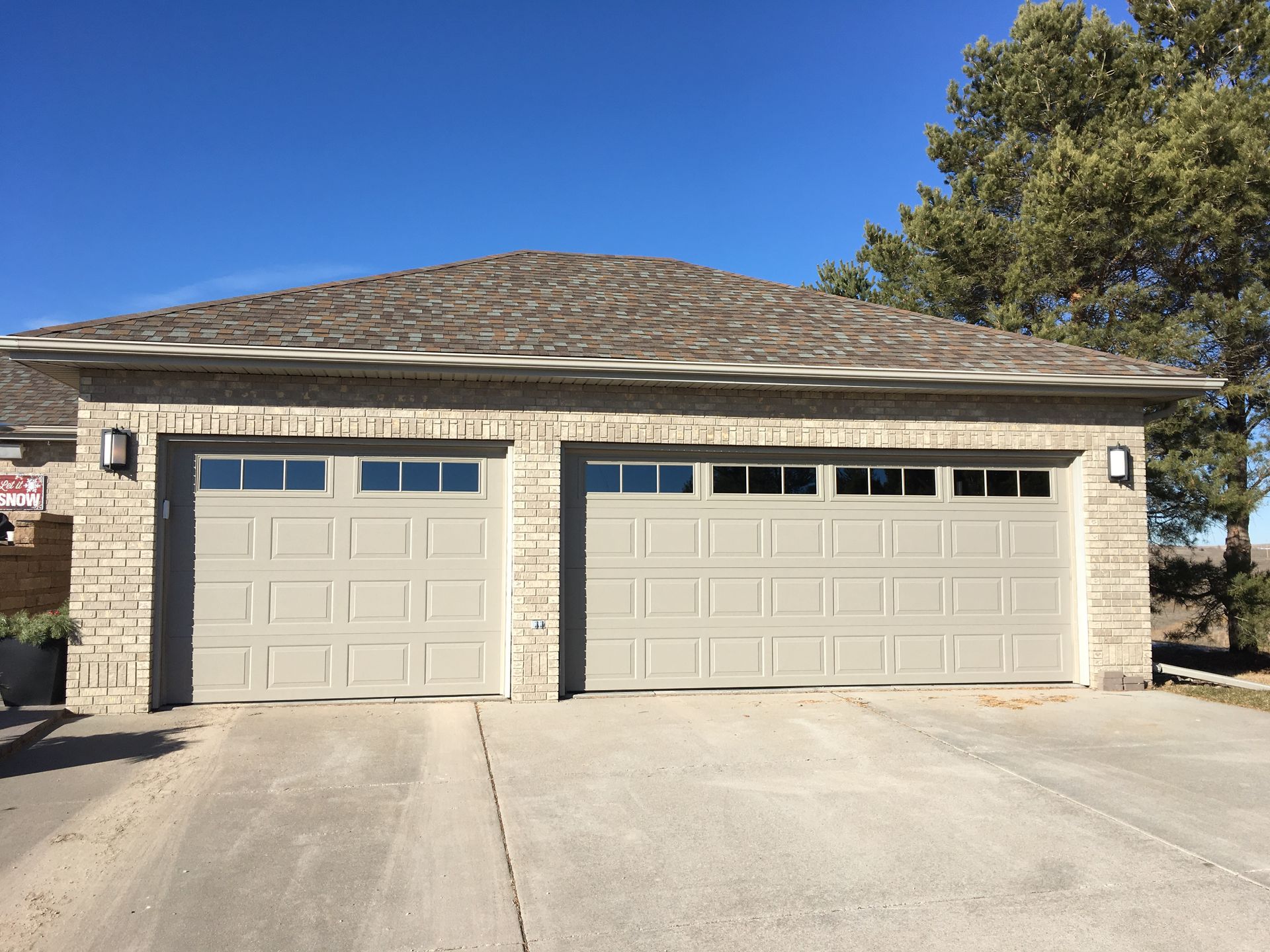Your roof color isn’t just for curb appeal—it has practical implications for your home’s energy efficiency and comfort. Here’s how to choose the best roof color based on your climate.
Understanding How Roof Color Affects Heat Absorption
The color of your roof plays a significant role in heat absorption. Dark colors, like black, absorb more heat, raising roof surface temperatures and warming your home. White roofs, on the other hand, reflect sunlight, keeping temperatures cooler and reducing strain on cooling systems.
When to Choose a Light or Dark Roof: Climate Considerations
Choosing the right roof color largely depends on where you live:
- Warm Climates: In hot climates, white or lighter roofs are ideal for reflecting heat, reducing indoor temperatures, and lowering air conditioning costs.
- Cold Weather Areas: For colder climates, darker roofs are better because they absorb heat, helping to maintain warmth inside and lower heating costs.
- Moderate Climates: A balanced choice might involve neutral or slightly darker shades, depending on your home's insulation.
The Role of Roof Colors in the Urban Heat Island Effect
White roofs can help mitigate the urban heat island effect, a phenomenon where urban areas become significantly warmer due to dark roofs and pavement. By reflecting sunlight, white roofs cool down cities and reduce energy consumption.
Weathercraft’s Tips for Choosing the Right Roof Color
Here are some key factors to consider when choosing your roof color:
- Climate Considerations: Keep your local climate in mind when choosing a roof color.
- Material Durability: Make sure your roofing material works well with the color you choose.
- Home Aesthetic: Choose a color that complements your home’s overall aesthetic.
- Long-Term Savings: Weigh the initial cost against future savings on energy bills.
Weathercraft’s experts are here to help you select the best roof color and material for your home and budget.
